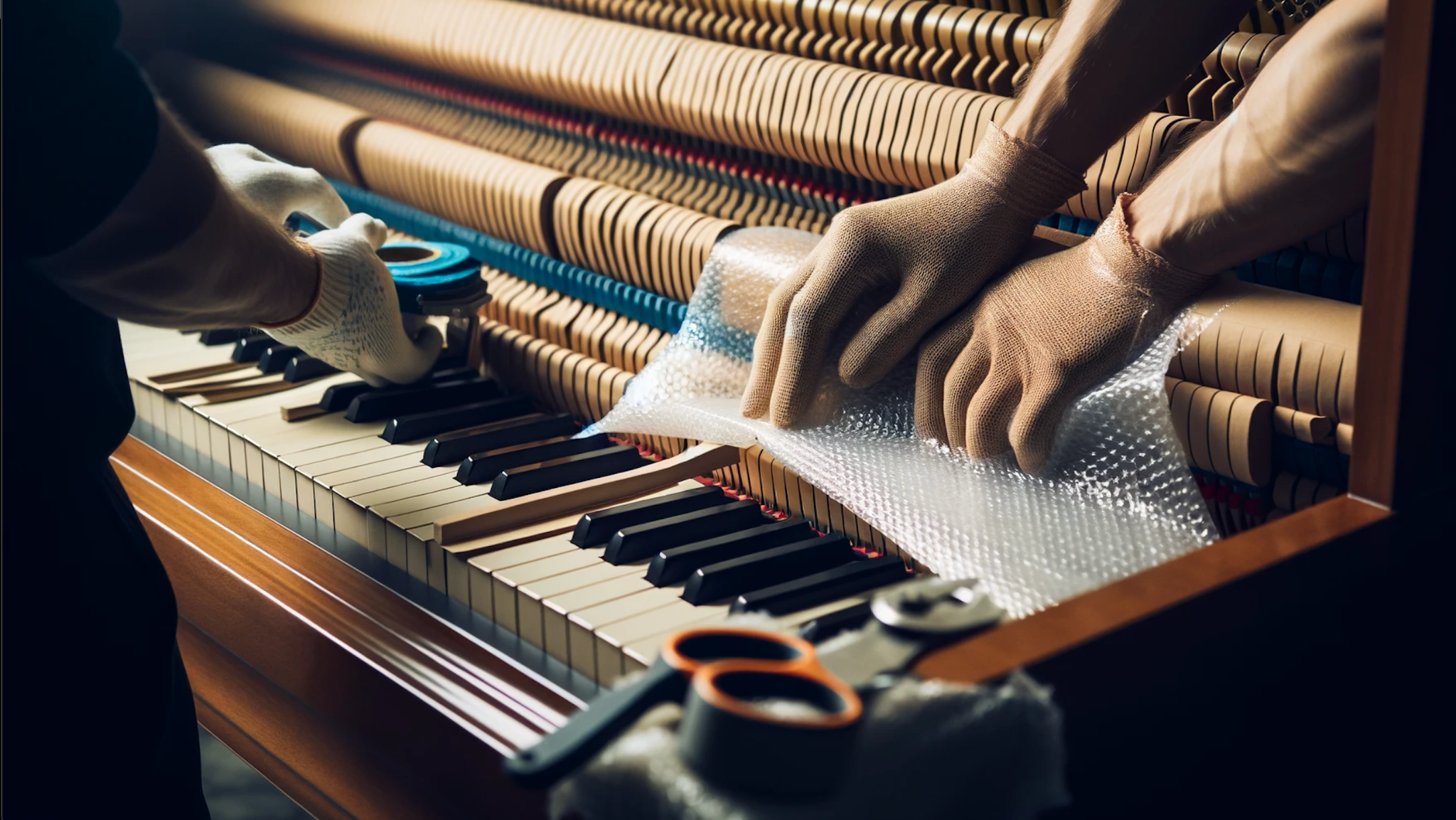Using ‘Priming’ To Support Learning

What is’ priming’ and how can teachers use this technique to teach better?
Helping students to recall, recognise and relearn curriculum material involves teaching students how to shape their semantic memories.
Doctor or Turkey?
If I said the word ‘doctor’, what do you think of, and what words would you use to describe this person?
What if I said the words ‘turkey’ or ‘haircut’?
If you are reading this, it’s likely you already have an established schema – a pattern of thought – for these words.
The problem is, sometimes, we think about the wrong schema with no consolidation.
Implicit memory …
Priming is part of our implicit memory: the things we think about when we try to remember events attached to a particular association, for example, a happy or sad time, or an important date or person. How did you celebrate your 33rd birthday? What were you wearing at the time?
My answer to this question takes me back to 1996 when I danced with Sister Sledge and the song; He’s the Greatest Dancer on stage at G.A.Y. in Soho, London. I had a great night!
As for everyone else, I suspect many forgot about it. One thing I do know is that I have a vague idea about the people I was out partying with, but I cannot remember anything about how I was dressed that evening. This is non-declarative knowledge: I cannot accurately declare the information.
Our personal memories are attached to a particular time and place, and our unconscious bias influences them.
Can you remember?
If we return to the word ‘doctor’, what words came to mind when I asked you to describe this person? What was that person’s gender? What was their skin colour? What were they wearing? How about your birthday: can you actually remember your 33rd birthday party? Did you have a good evening?
What thoughts came to your head when I told you about my five minutes of fame with Sister Sledge?
How are your memories of Ross McGill now being formed (or primed)? The matter in our brains is constantly changing.
When we learn something, the physical change in our brain happens at a synaptic level. Neuroscientists call this synaptic plasticity. This means that our explicit memory can be shaped, but if our implicit memory is subconscious, it can perhaps become stuck, unless we work hard at retrieval and become more conscious of our thoughts and actions.
Priming needs shaping!
Priming occurs when “previous exposure to a stimulus facilitates your processing of similar stimuli in the future” (The Learning Brain, Polk, 2018). A bit like an undercoat of paint (this is my schema for ‘priming’) which can provide you with the foundational knowledge. However, it can be lost, wrong and misshaped over time!
Those of you who have attended my Mark Plan Teach and/or Guide To Memory teacher training will be familiar with my ‘Bears enjoy eating honey‘ analogy (see image). In the latter CPD course, I introduce an image of each object throughout the day to allow the ‘priming’ to occur before the concrete learning episode happens.
Priming, if misshaped, put simply is very hard to unlearn. This is why we battle with stereotypes and inequality for several reasons, for example, myths and perceptions that are perpetuated through the media, products, conversations or a lack of exposure.
To support or hinder learning, teachers must be conscious of what they can do to aid the process of both learning and unlearning. It starts with frequent repetition and retireval.
There is not much academic research on priming, but there is some to help you get started.







